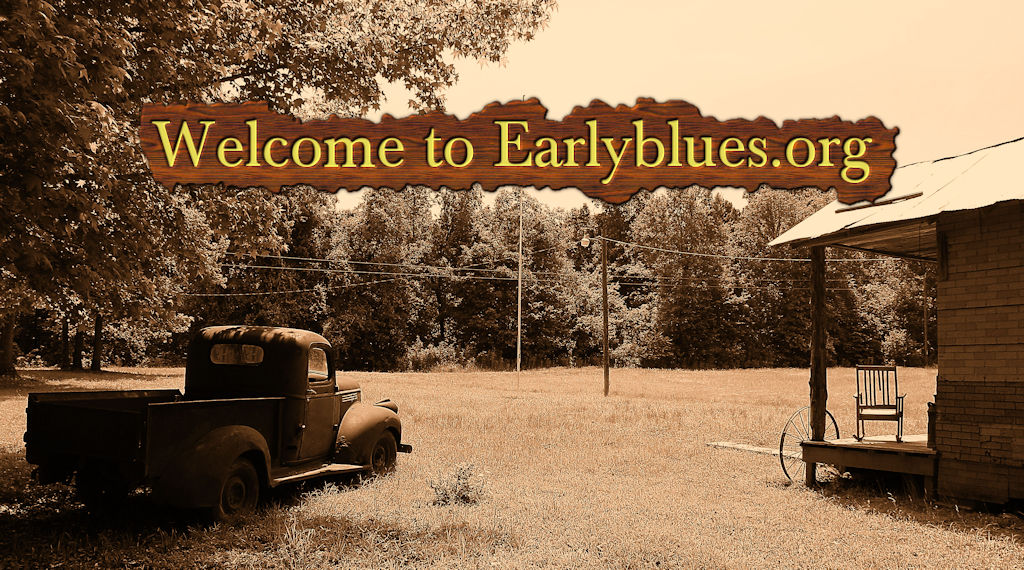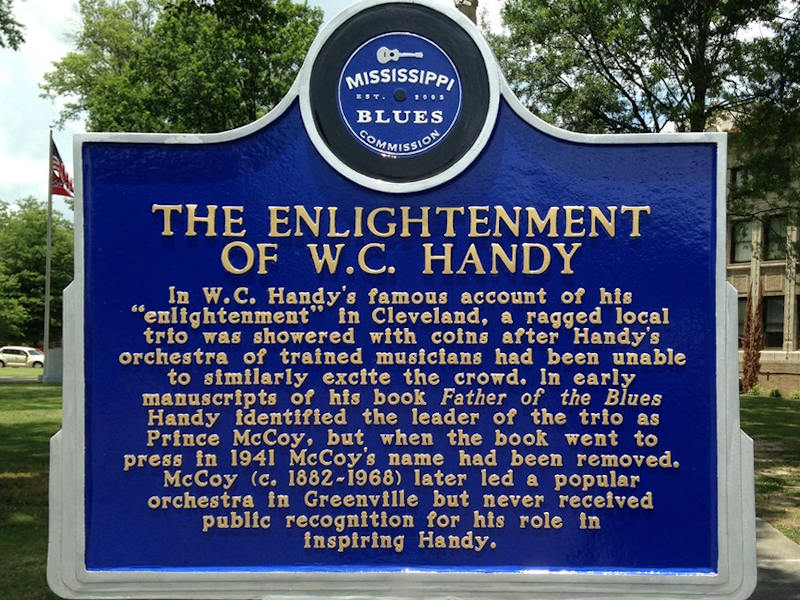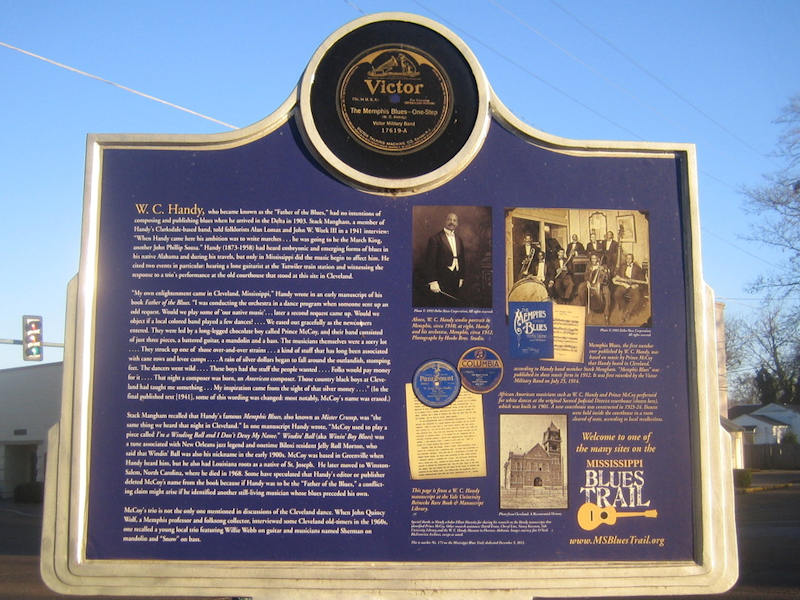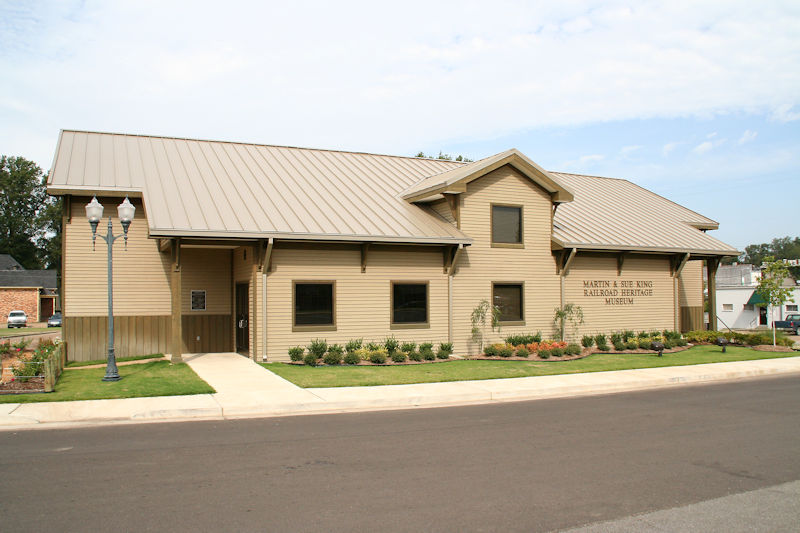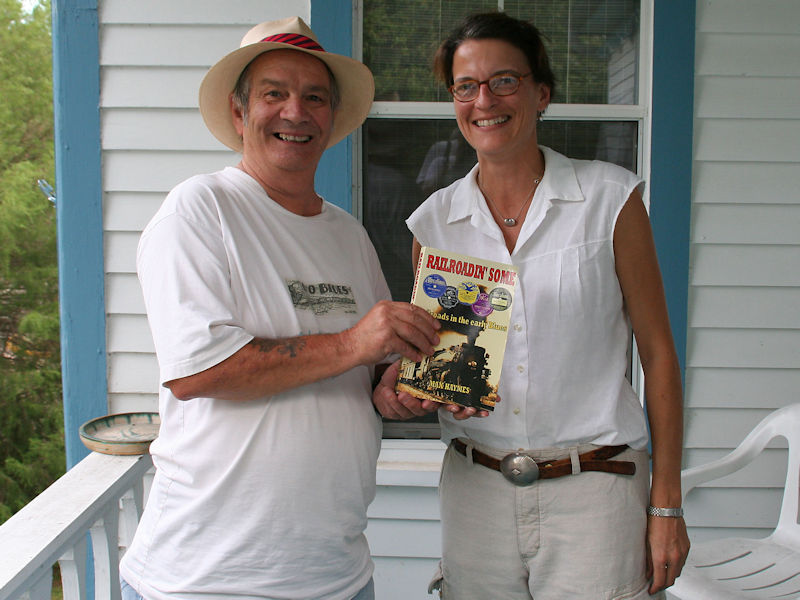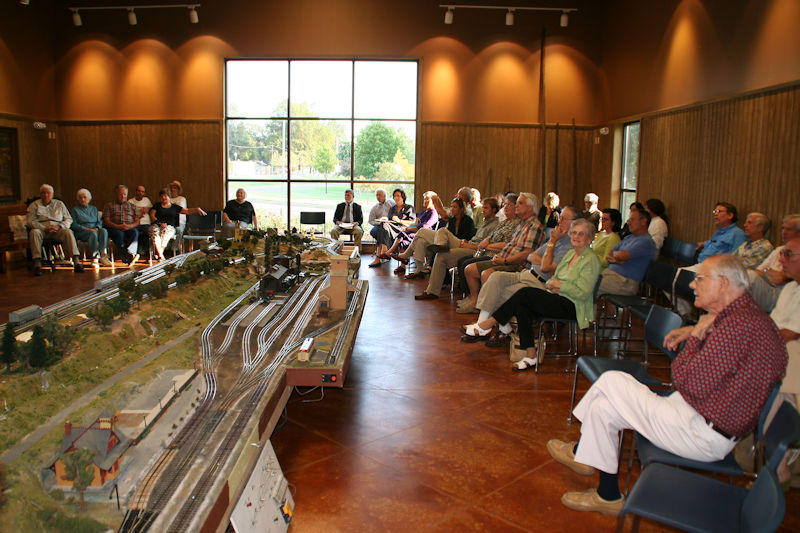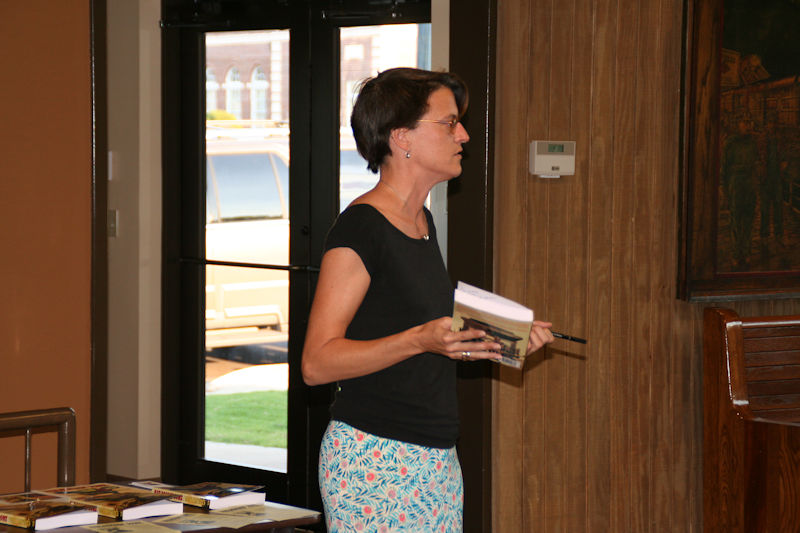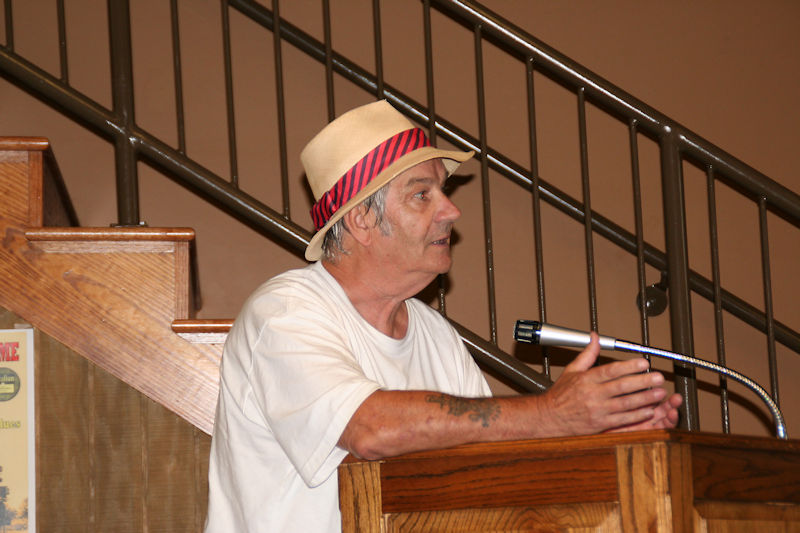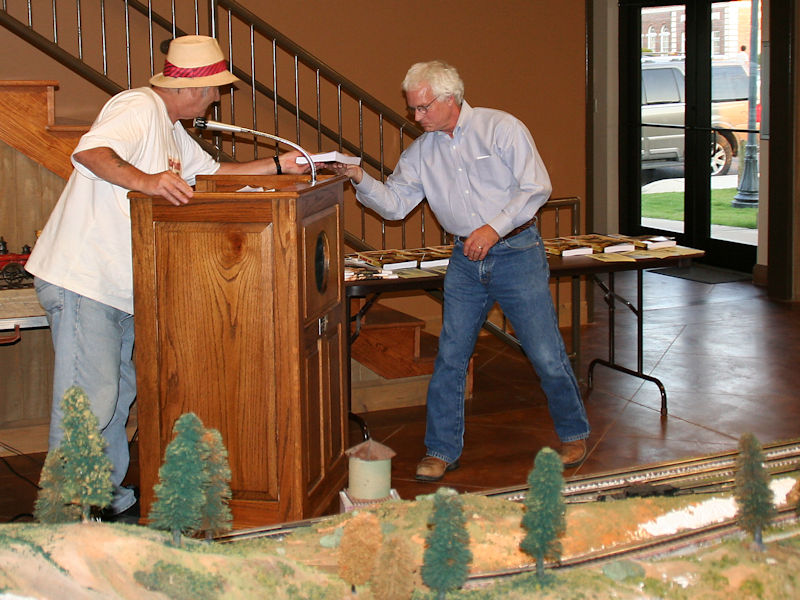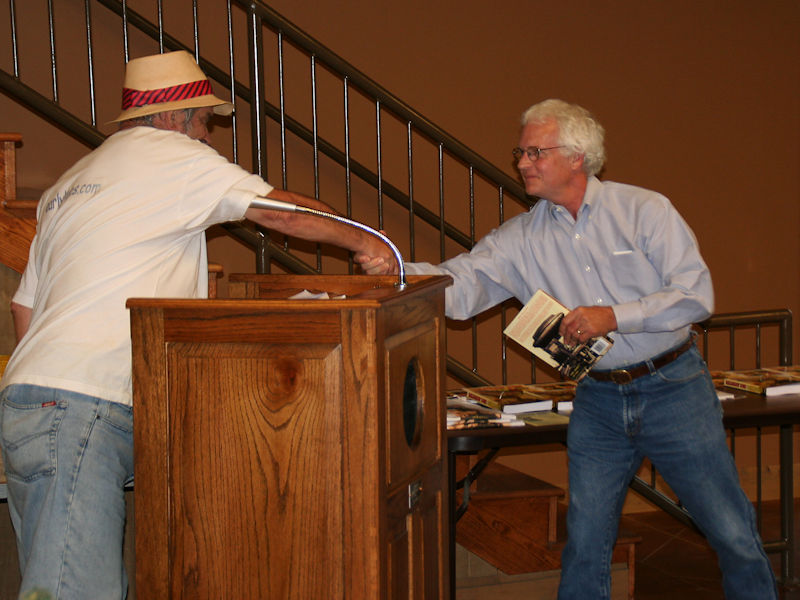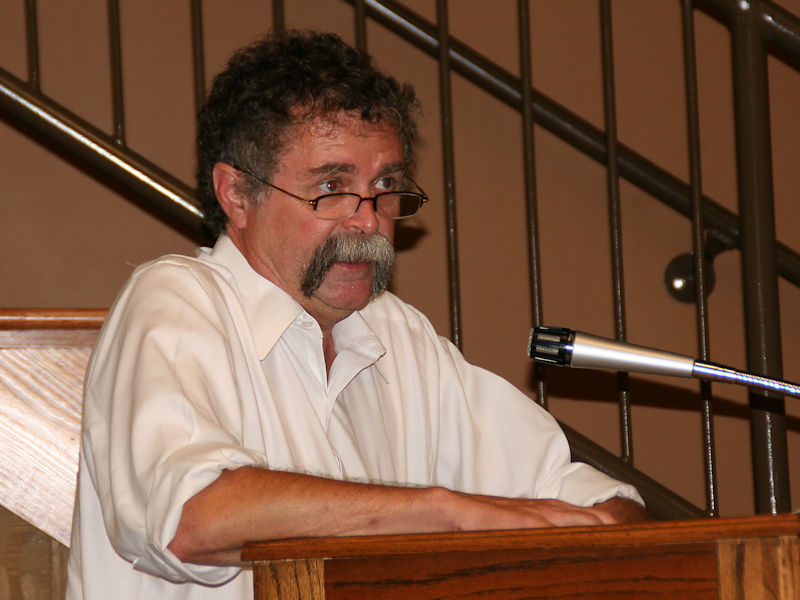Themed Photo Gallery & Information: Cleveland
Background
Cleveland is a city in Bolivar County, Mississippi, United States. The population was 12,334 as of the 2010 United States Census. Cleveland has a large commercial economy, with numerous restaurants, stores, and services along U.S. 61. Cleveland is one of the two county seats of Bolivar County (the other being Rosedale).
Named after President Grover Cleveland, the town began formation in 1869 as people moved inland from the Mississippi River. The Louisville, New Orleans & Texas Railroad ran through the town and a portion of the railroad remains there today. Early records show the community was called Fontaine in 1884 and at some point Coleman’s Station. Moses W. Coleman built the first home on the bayou in the area. In 1885, it was officially named Sims after Rueben T. Sims, who owned part of the land on which the town stood. The village of Cleveland was chartered on March 25, 1886, and the United States Post Office recognized the town as such on August 5, 1887. It was Sims’s son, B.C. Sims, who was responsible for the name change to Cleveland.
In 1967, Senators Robert F. Kennedy and Joseph S. Clark, Jr. began Senate hearings to assess the effectiveness of the War on Poverty programs. The first field hearings were held in Jackson, Mississippi, and the following day Kennedy and Clark set out to visit “pockets of poverty” in the Mississippi Delta. They arrived in Cleveland, along with Marian Wright and Peter Edelman, for a tour conducted by Amzie Moore. There they observed barefoot, underfed African-American children in tattered clothing, with vacant expressions and distended bellies. Kennedy told Edelman that he thought he had seen the worst poverty in the nation in West Virginia, but it paled in comparison to the poverty he observed in Cleveland.
Two Mississippi Blues Trail markers are located in Cleveland. The first marker recognizes Chrisman Street, which once served as the center of African-American business and social life in Cleveland. The second marker celebrates blues musician W. C. Handy.
The Grammy Museum Mississippi opened in 2016.
Source: Wkipedia (extract)
Mississippi Blues Trail Markers
Full text:
In W.C. Handy’s famous account of his “enlightenment” in Cleveland, a ragged local trio was showered with coins after Handy’s orchestra of trained musicians had been unable to similarly excite the crowd. In early manuscripts of his book Father of the Blues Handy identified the leader of the trio as Prince McCoy, but when the book went to press in 1941 McCoy’s name had been removed. McCoy (c. 1882-1968) later led a popular orchestra in Greenville but never received public recognition for his role in inspiring Handy.
W.C. Handy, who became known as the “Father of the Blues,” had no intentions of composing and publishing blues when he arrived in the Delta in 1903. Stack Mangham, a member of Handy’s Clarksdale-based band, told folklorists Alan Lomax and John W. Work III in a 1941 interview: “When Handy came here his ambition was to write marches . . . he was going to be the March King, another John Phillip Sousa.” Handy (1873-1958) had heard embryonic and emerging forms of blues in his native Alabama and during his travels, but only in Mississippi did the music begin to affect him. He cited two events in particular: hearing a lone guitarist at the Tutwiler train station and witnessing the response to a trio’s performance at the old courthouse that stood at this site in Cleveland.
“My own enlightenment came in Cleveland, Mississippi,” Handy wrote in an early manuscript of his book Father of the Blues. “I was conducting the orchestra in a dance program when someone sent up an odd request. Would we play some of ‘our native music’ . . . later a second request came up. Would we object if a local colored band played a few dances? . . . We eased out gracefully as the newcomers entered. They were led by a long-legged chocolate boy called Prince McCoy, and their band consisted of just three pieces, a battered guitar, a mandolin and a bass. The musicians themselves were a sorry lot . . .They struck up one of those over-and-over strains . . . a kind of stuff that has long been associated with cane rows and levee camps . . . A rain of silver dollars began to fall around the outlandish, stomping feet. The dancers went wild. . . These boys had the stuff the people wanted . . . Folks would pay money for it . . .That night a composer was born, an American composer. Those country black boys at Cleveland had taught me something . . . My inspiration came from the sight of that silver money . . .” (In the final published text [1941], some of this wording was changed: most notably, McCoy’s name was erased.)
Stack Mangham recalled that Handy’s famous Memphis Blues, also known as Mister Crump, was “the same thing we heard that night in Cleveland.” In one manuscript Handy wrote, “McCoy used to play a piece called I’m a Winding Ball and I Don’t Deny My Name.” Windin’ Ball (aka Winin’ Boy Blues) was a tune associated with New Orleans jazz legend and onetime Biloxi resident Jelly Roll Morton, who said that Windin’ Ball was also his nickname in the early 1900s. McCoy was based in Greenville when Handy heard him but he also had Louisiana roots as a native of St. Joseph. He later moved to Winston-Salem, North Carolina, where he died in 1968. Some have speculated that Handy’s editor or publisher deleted McCoy’s name from the book because if Handy was to be the “Father of the Blues,” a conflicting claim might arise if he identified another still-living musician whose blues preceded his own.
McCoy’s trio is not the only one mentioned in discussions of the Cleveland dance. When John Quincy Wolf, a Memphis professor and folksong collector, interviewed some Cleveland old-timers in the 1960s, one recalled a young local trio featuring Willie Webb on guitar and musicians named Sherman on mandolin and “Snow” on bass.
Martin & Sue King Railroad Heritage Museum
The goal of the Railroad Heritage Museum, based in the original Cleveland railroad depot, is to preserve and promote the history and the culture of the railroad and its impact of the establishment, growth, and development of Cleveland, Bolivar County, and the Delta Region.
The museum houses and displays many railroad artifacts that capture the history of railroading – from tools used by crews known as “Gandy Dancers” to the timetables and schedules used in the depots and railroad offices.
The largest O-gauge model train layout in Mississippi is housed inside the museum. Measuring 71′ x 17′, the layout’s attention to detail and history is amazing and ever-changing. Representative of “Anytown,” Mississippi, the layout depicts an era between the 1940’s and the 1960’s, including just about every facet of small town life and the countryside built around the railroad.
Background
In the early 1830’s settlement began along the Mississippi River. Clearing the timber and flood control were equally important but neither was successful until the arrival of the railroads. The railroads meant steam equipment and more reliable transportation for shipping timber to market. The railroads cleared the interior of the Delta and built better levees to contain the Mississippi River.
In 1884 the Louisville, New Orleans & Texas Railroad connected Memphis to New Orleans by a route that passed through the “vast, impenetrable forest” that was the Mississippi Delta Region at the time. Midway between Memphis and Vicksburg the steam engines stopped to refuel and replenish supplies at the rough little sawmill community called Coleman. Through the luck of geography, Coleman found itself attracting merchants and settlers. Two years after the railroad was built, Coleman’s Station was incorporated as Cleveland, naming itself after President Grover Cleveland, who was said to have been on the first train through.
Like many towns along Highway 61, the railroad gave Cleveland its start and was the essential component to its growth. In 1900, the State Legislature allowed the county to be divided into two judicial districts, naming Cleveland as the county seat of the second judicial district. Twenty years later, as the State Legislature sought an appropriate location for a teacher’s college in the Delta, it was in great part due to the railroad that Delta State was established in Cleveland. Thirty years later, the railroad played a part in helping Cleveland attract Baxter Laboratories, Delta Steam Electric Station, and other industries—all contributing to the growth and prosperity of the town. It was the trains that transported people, goods, and the mail.
The railroad was the lifeblood of the community and Cleveland was no exception. The original LNO & T was quickly purchased by the Illinois Central but for many years it was operated in Cleveland as the Yazoo & Mississippi Valley Railroad.
The Blues that is so associated with the Mississippi Delta was immeasurably impacted by the railroad. The music traveled the rails and the trains themselves helped shape the music. Around 1900 sections of the railroad were connected, forming the Dockery to Rosedale line nicknamed the Peavine. Charley Patton immortalized that railroad in “Peavine Blues” and Robert Johnson wrote about “going down to Rosedale with my rider by my side…”. They carried their musical skills with them, entertaining, sharing, and influencing other musicians. It was in a depot that W. C. Handy first heard the Blues—but it was a song about the railroad (“…going where the Southern crosses the Dog…”) and it was while entertaining in Cleveland that he understood the significance of the music, riding the train back to Memphis, he carried the Blues with him. The train could take your baby away or bring your baby back home…
Source: Martin & Sue King Railroad Heritage Musuem
Venue for Book Signing & Presentation Event
In 2006, during the early development of the museum I was fortunate to be involved in a book signing tour of the USA which centred around a presentation ceremony at the fledgling museum. This is documented in an EarlyBlues travelogue “Railroadin’ Some” Book Signing Tour : Tennessee, Mississippi & Arkansas” by Max Haymes – an extract is given here:
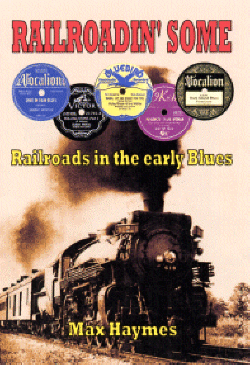 “Railroadin’ Some : Railroads in the Early Blues” by Max Haymes.
“Railroadin’ Some : Railroads in the Early Blues” by Max Haymes.
This groundbreaking book, written by one of the foremost blues historians in the UK, is based on over 30 years research, study and absolute passion for early blues music. It is the first ever comprehensive study of the enormous impact of the railroads on 19th and early 20th Century black American society and the many and varied references to this new phenomenon in early blues lyrics.
The book was published in 2006 and two book signing tours were arranged to promote the book, one in the UK and the other, naturally, in the USA. Prior to publication I had been approached by Liza Schnabel, (the then) Director of the Martin & Sue King Railroad History Museum in Cleveland, Mississippi, who had been reading railroad essays on the Earlyblues.com website and had also read the advance promotion for Max’s book on the website. She was keen to get a copy to help in her ‘History of the Railroads in the Delta’ timeline she was compiling for the museum. After many emails this was the start of planning a trip to Mississippi for Max to present a copy of his book to Liza and also to Keith Dockery, the widow of Joe Rice Dockery decd. (son of the founder Will Dockery) and the (then) owner of Dockery Farms Plantation. Sadly Keith passed away during the planning of the trip but Liza arranged for the presentation to be to other members of the Dockery family, in the guise of the newly evolving ‘Dockery Farms Foundation’. Click here for information about the Dockery Farms Foundation.
Liza, a leading Southern historian with a Delta lineage going back to the Civil War, not only arranged the formal ‘Dockery’ presentation ceremony in the museum (which included various dignitaries and eminent blues scholars) but also escorted us on a tour of southern Mississippi blues haunts par excellence!
Photos of the event are included below.
Photo Gallery
“Railroadin’ Some” Book Signing & Presentation Event
Martin & Sue King Railroad Heritage Museum, 7th September 2006
More soon …
_________________________________________________________
All photos © copyright 2006 Alan White. All Rights Reserved.
_________________________________________________________
